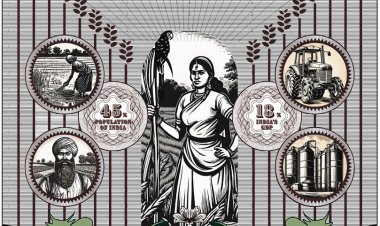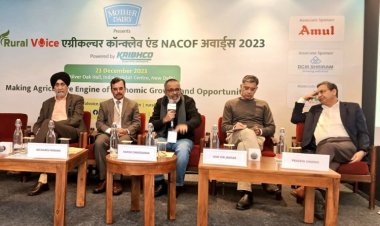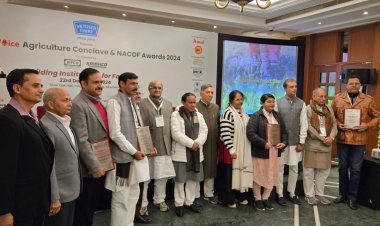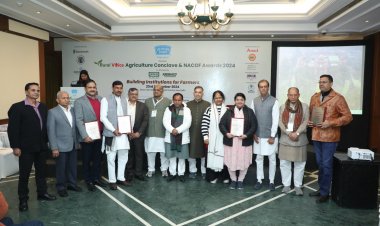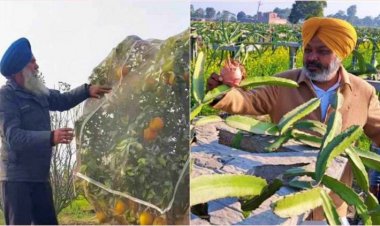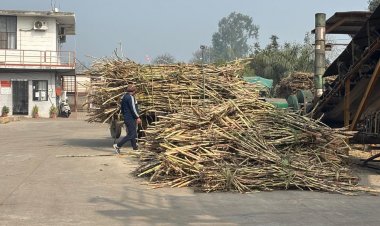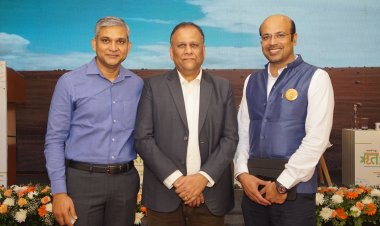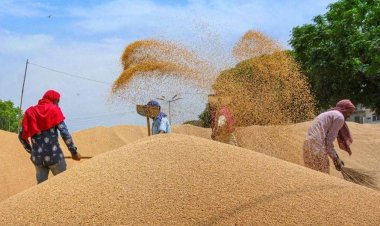No More Blue Skies: Rural India's Pollution & Climate Battle
“Agenda of Rural India”, organized by Rural Voice and Socratus, our conversations with rural citizens from different ecological regions of the country confirmed our worst fear: that climate change is already here and rural communities are at the frontiers of it. As most of our participants were involved in agriculture and allied sectors, they spoke extensively of the damage caused to crops by climate change.
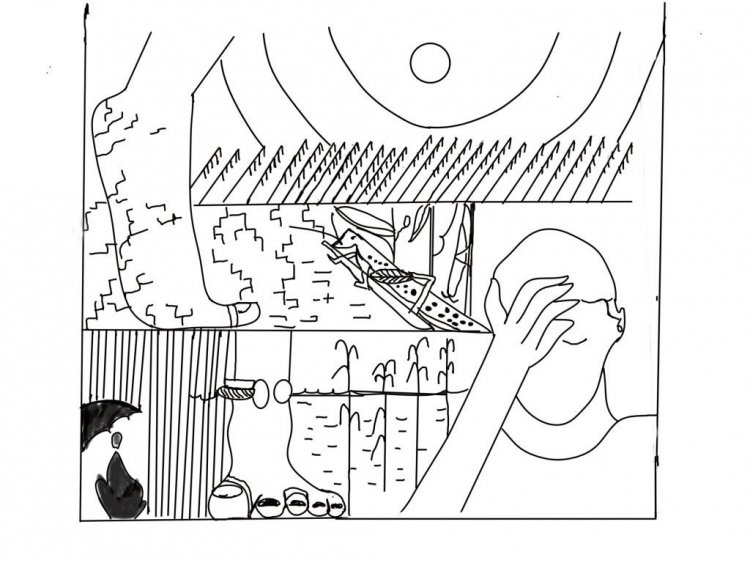
“Agenda of Rural India”, organized by Rural Voice and Socratus, our conversations with rural citizens from different ecological regions of the country confirmed our worst fear: that climate change is already here and rural communities are at the frontiers of it. As most of our participants were involved in agriculture and allied sectors, they spoke extensively of the damage caused to crops by climate change. In UP, farmers told us how unusually high summer temperatures had affected the mango and sugarcane crops. Unseasonal rainfall in March had also flattened much of the ripening wheat crop.
In Rajasthan, where crops were dependent on rainfall in many regions, farmers could not effectively plan their crops due to the increasingly irregular rains. In Odisha, participants watched with dismay as unusually heavy rainfall lashed their crops and washed away the topsoil, causing soil erosion. As a tenant farmer and labour migrant from Balangir district told us: “Jehetu sei borsho barsa helani, tarporo jeto dhano thila shobu noshto hoye gela [It was my bad luck that that very year (where he leased land for farming) it rained unseasonably and my rice crop got destroyed].”
Read This Also: Agriculture needs hand holding now: Existential crisis for rural India
Coastal communities in Odisha were also affected by the rise in sea levels caused by global warming. Farmers in Meghalaya were also affected by heavy rainfall causing soil erosion, despite their best efforts to practice terrace farming, bunding and planting border crops. They believed human actions such as limestone quarrying and deforestation had worsened this problem.
And then there were the pests. The irregular rains and erratic weather were causing pest infestations at unpredictable times. In UP and Rajasthan, crops like mango, moong (yellow pulses) and sugarcane were being affected by pests at odd times of the year. In Meghalaya particularly, women farmers were aggrieved by the wide variety of pests that were affecting their maize, vegetable and fruit crops. Crops that were earlier unaffected by pests, such as ginger, banana and finger millet, were being infested by new pests like cutworms. They believed this was a consequence of climate change and irregular rainfall.
Read This also: Agenda for Rural India: Agriculture- Difficult Harvests

Many participants saw natural farming as a solution to this crisis, and hoped that the government would take a more proactive role in promoting sustainable agriculture. They also felt effective crop insurance during natural calamities and pest attacks would help reduce the risk that they bore in the era of climate change.
Read This Also: Rural India still awaits basic infrastructure and services
Interacting with our participants also disproved the common misconception that environmental pollution was primarily an urban problem. In Muzaffarnagar, rural citizens complained of industrial pollution of canals and other water bodies, from the sugarcane factories nearby. This along with chemical residues on food was believed to be causing increased incidence of cancer and heart attacks in rural areas. There was a general perception that the overall quality of life in rural areas had declined due to pollution of air, water and land. As a resident of Muzaffarnagar put it: “Logon ka jeevan bahumulya cheez hai, hum paidavar bhi acchi le lenge, hume uska rate bhi accha mil jayega, lekin kya usko khake marenge? [People’s lives are valuable, even if we get good yields and good prices for our crops, will we end up dying after eating them?]” This was echoed in Jodhpur, where our participants linked the rising cases of cancer in rural areas to the overuse of chemicals in agriculture. Rural citizens in Tamil Nadu told us how industries were dumping waste and sewage in water bodies and groundwater was being contaminated through leaching, leading to more diseases in rural areas.
Read This Also: Agenda for Rural India: Unemployed- Choice or Compulsion?
Our participants were not just aware of environmental issues, they also knew exactly what they wanted to hear from electoral candidates in terms of action to be taken. In Coimbatore, they called for a more effective pollution control board, rainwater harvesting and water conservation plants, and the creation of ‘food forests’ in every village. In Bhubaneswar, they felt raising awareness, reducing plastic waste and promoting solar energy were most important. In Muzaffarnagar, they proposed planting trees on panchayat land and conserving village lakes, forests and commons. Rural citizens everywhere were as aware and well-informed as their urban counterparts. As their everyday lives were far more dependent on the environment, they felt the impacts of environmental pollution and climate change more keenly. With minimal support, they were willing to implement measures to protect and conserve their surroundings.
(The author is an associate with Socratus.)



 Join the RuralVoice whatsapp group
Join the RuralVoice whatsapp group

















